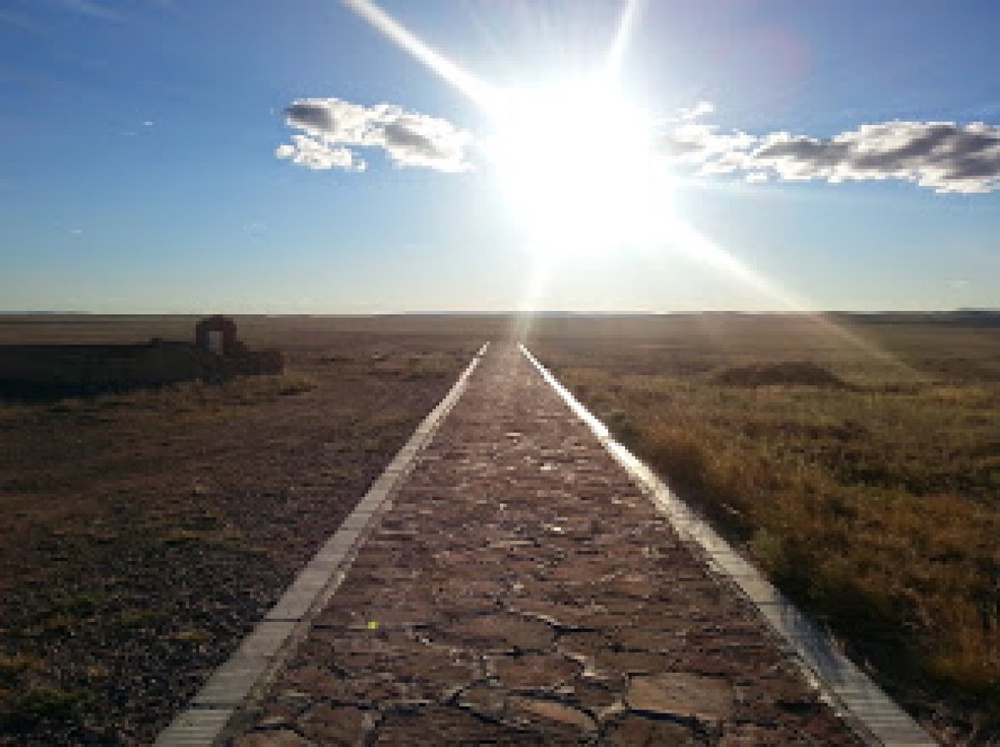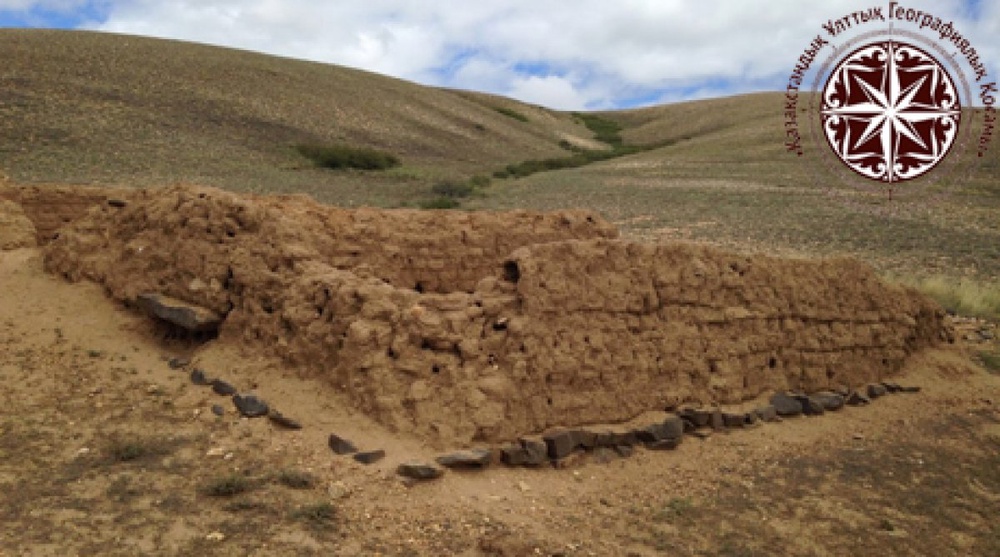A Kazakh expedition into the epicenter of the nomadic civilization Ulytau has set off.
Ulytau is located in Karaganda Oblast in central Kazakhstan and the name Ulytau is translated from Turkic languages as “Great Mountain”. The place located in the middle of the Great Kazakh Steppe bears both historical and spiritual significance to Kazakhs.

The expedition has been organized by the National Geographic Society of Kazakhstan and is to last from 11 to 22 August, Tengrinews reports citing Massaget.kz.

“These mountains have become a cradle of the Kazakh ethnicity. Here was the place where alliances were sealed, khans were declared, and refuge from wars was found. It is also here, where khans lived, where great warriors of the past started their military campaigns, such as the campaign of Tamerlane against Tokhtamysh.
Ulytau mountains and their surroundings became a resting place of main of our great ancestors (mausoleums of Alasha-Khan, Jochi, Dombaul; mounds of Edigu and Tokhtamysh).
The land of Ulytau had given ancient nomads metal for tools and weapons, served as pasture for their flocks of stout sheep and herds of swift horses. In this land lie the secrets of hundreds of generations. It is believed that many of the mounds located in Ulytau were erected by Huns themselves," the press release of the Geographic Society says.
.jpg)
The purpose of the expedition is to revive, promote and popularize the cultural, historical and spiritual heritage of Ulytau. Promoting social and economic development of the region through spurring tourism is also on the agenda.
.jpg)
The expedition includes 27 members, who are historians-archaeologists, geographers, biologists, botanists, tourism experts and journalists. The expedition is bringing small unmanned aerial vehicles to mapping the terrain, make video and photos of the adeal view, search for new archaeological sites from the air and model the shape of the archaeological sites found in the area.
Senior manager of international research projects of the National Geographic Society of Kazakhstan Saulet Sakenov is the leader of the expedition.

Sakenov said that there were plans to develop tourism in this region. During the expedition, tourist routes and maps of culturally significant sites will be put together and published on the Internet. There are plans to produce a documentary and publish a book-album containing the materials gathered by the expedition and the history of the region and of its monuments.

The expedition will start with climbing the Edigu mountain, where the graves of Edigu and Tokhtamysh are located.
Edigu was the founder of the Nogai Horde and a highly successful general of the 15th century. Tokhtamysh was a descendant of Genghis Khan, under whose command Edigu first served. However, Edigu later turned against his commander and stroke an alliance with Tamerlane.
By Dinara Urazova

